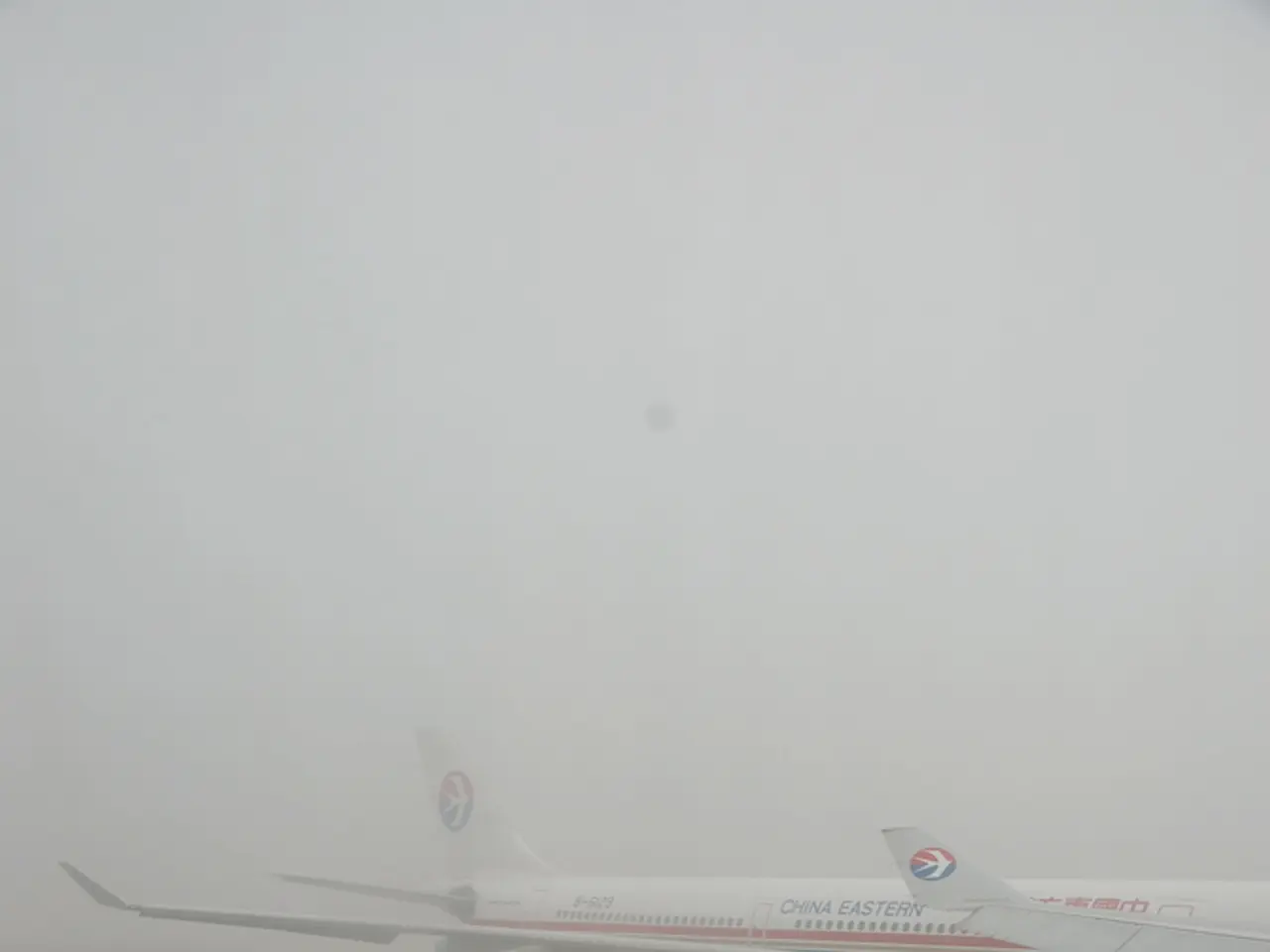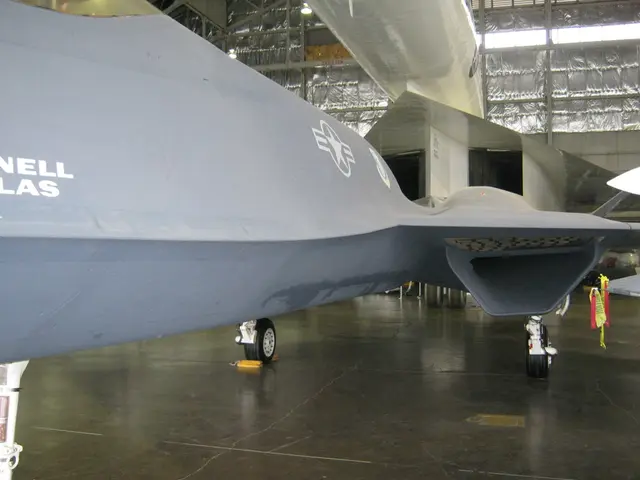Employing airplanes as monitoring tools to avert excessive runway excursions
Airbus's Braking Action Computation Function (BACF) is a valuable tool in preventing runway excursions and improving awareness of runway conditions during landings. This system, integrated into Airbus aircraft, continuously assesses real-time braking efficiency on the runway surface, providing precise feedback to the flight crew about runway braking conditions.
BACF works by monitoring the actual braking performance compared to expected performance. If braking action deteriorates or is suboptimal, it alerts pilots, allowing timely corrective action to avoid overruns. This feature is crucial in situations where 25% of all runway excursions occur due to reduced aircraft deceleration capabilities during landing, often caused by rain, snow, or ice.
Moreover, BACF improves the awareness of runway conditions for the flight crew. By processing input from wheel speed sensors, anti-skid systems, and other onboard instruments, it provides more accurate and continuous updates on runway friction and braking capability than traditional pilot reports or external advisories alone.
In addition, BACF contributes to landing distance computations by refining them with real-time braking efficiency data. This dynamic input yields more reliable landing performance margins and safety buffers, enhancing the precision of required landing distance assessments under various runway conditions.
The use of BACF leads to more accurate landing distance computations, which is essential for safe operations. This practice complements Airbus's Runway Overrun Protection System (ROPS), another tool for preventing runway excursions. ROPS alerts the flight crew if a go-around is necessary or if they need to apply full deceleration means on the ground.
The importance of this system was highlighted in a tragic incident on December 8, 2005, when an aircraft slid off the runway at Chicago-Midway while landing in a snowstorm and crashed into automobile traffic. The subsequent investigation revealed that the combination of inaccurate wind information, slippery runway, and insufficient use of brakes and thrust reversers caused the aircraft to overrun the runway at high speed.
To prevent such incidents in the future, it is essential to have reliable information from air traffic controllers and airport services. BACF, by providing updated runway condition details to the flight crew, can help in this regard. Furthermore, BACF uses the aircraft as a sensor to measure and report braking action during landing, thereby supplementing external data sources effectively.
In conclusion, BACF is another system, equipment, or process in the toolbox for avoiding runway excursions. By improving pilot situational awareness and landing performance accuracy, it contributes significantly to operational safety in the aviation industry.
[1] Industry Understanding of Braking Computation Functions [5] FAA Documents on Braking Action Reports and Advisories
[1] The aviation industry can benefit greatly from systems like Airbus's Braking Action Computation Function (BACF), as it enhances operational safety by improving landing performance accuracy and pilot situational awareness, which are key factors in preventing runway excursions.
[5] In the realm of finance, investments in advanced technology and systems within the aerospace sector, such as the BACF, could potentially yield significant returns by reducing risks associated with runway incidents, thereby saving lives and minimizing financial losses due to plane damage or accidents.








